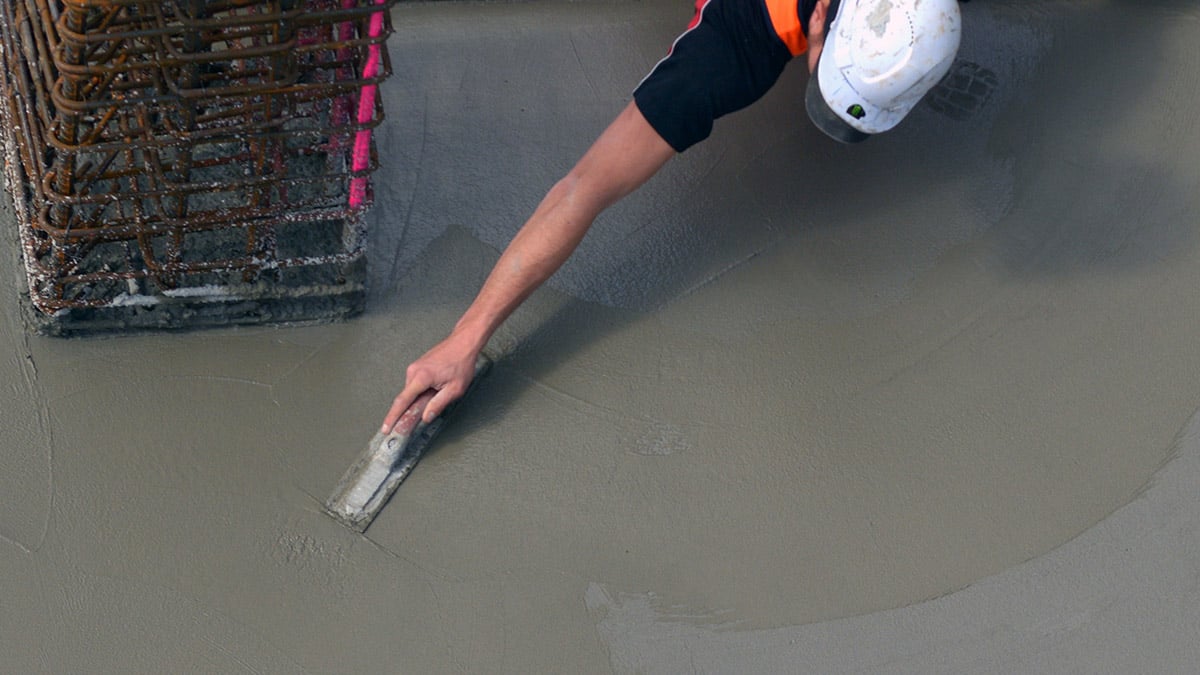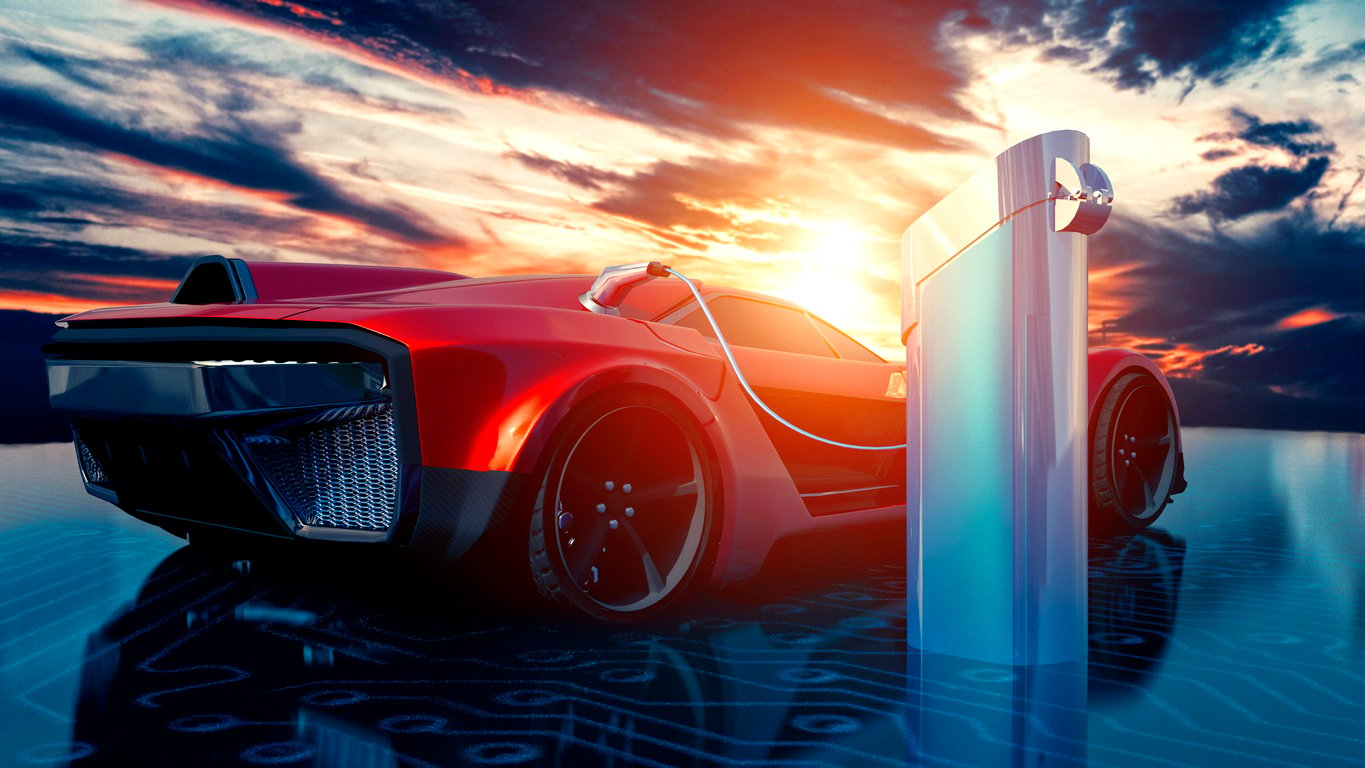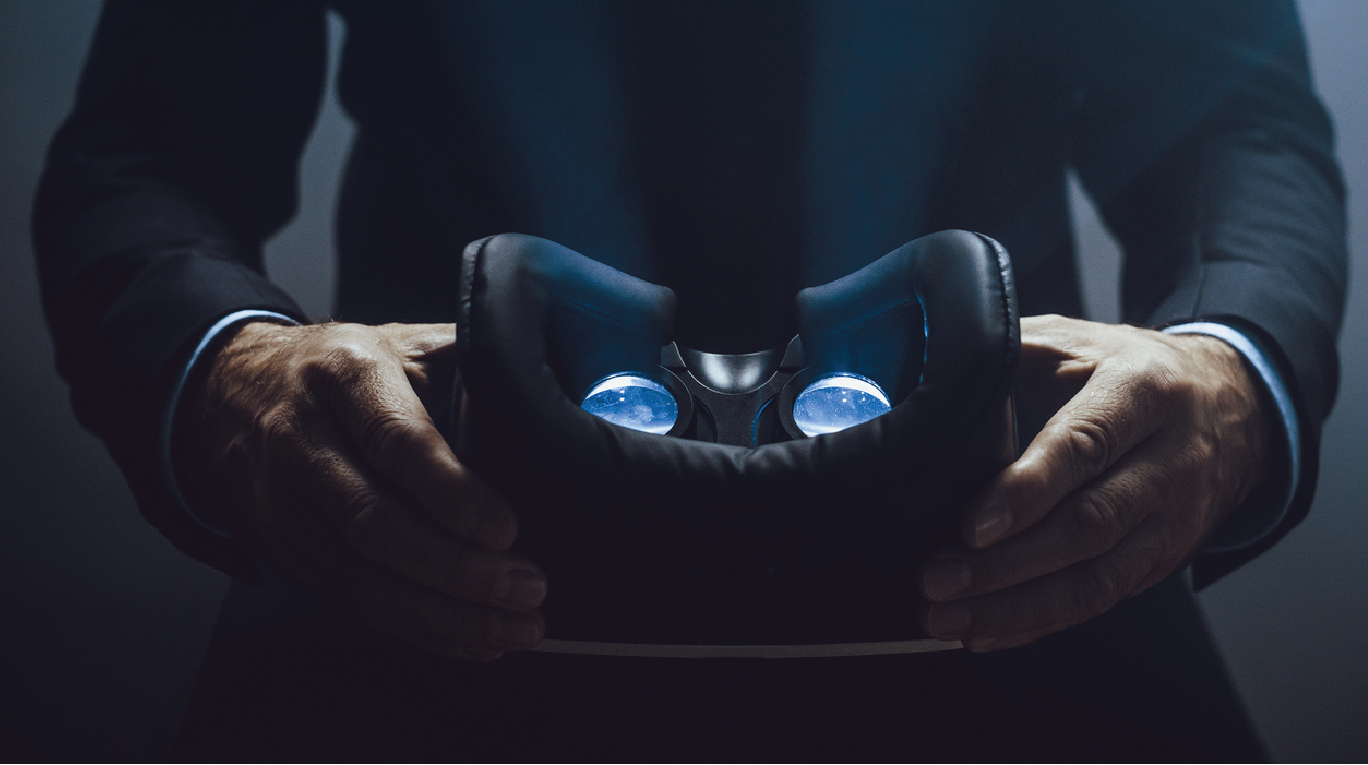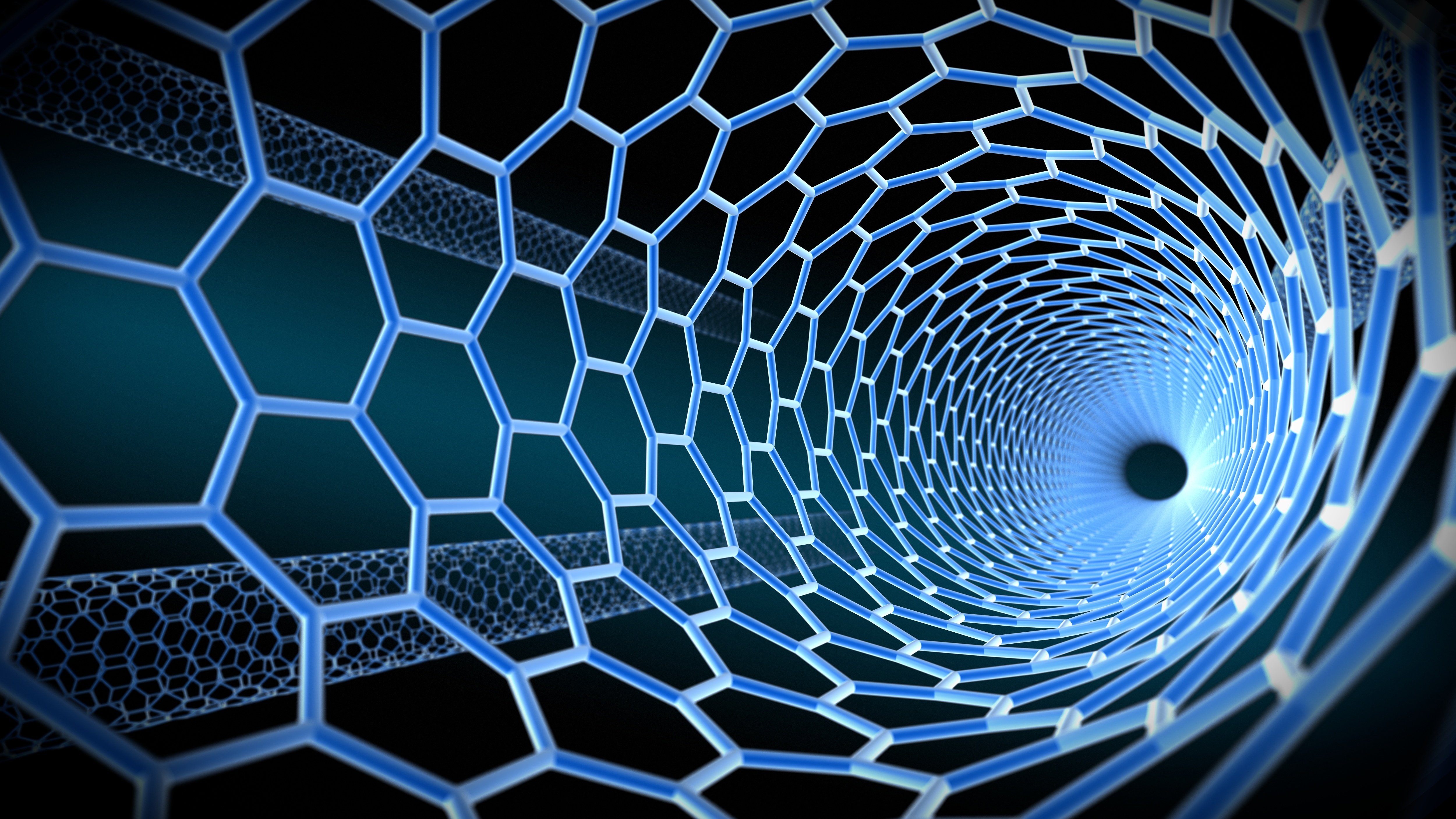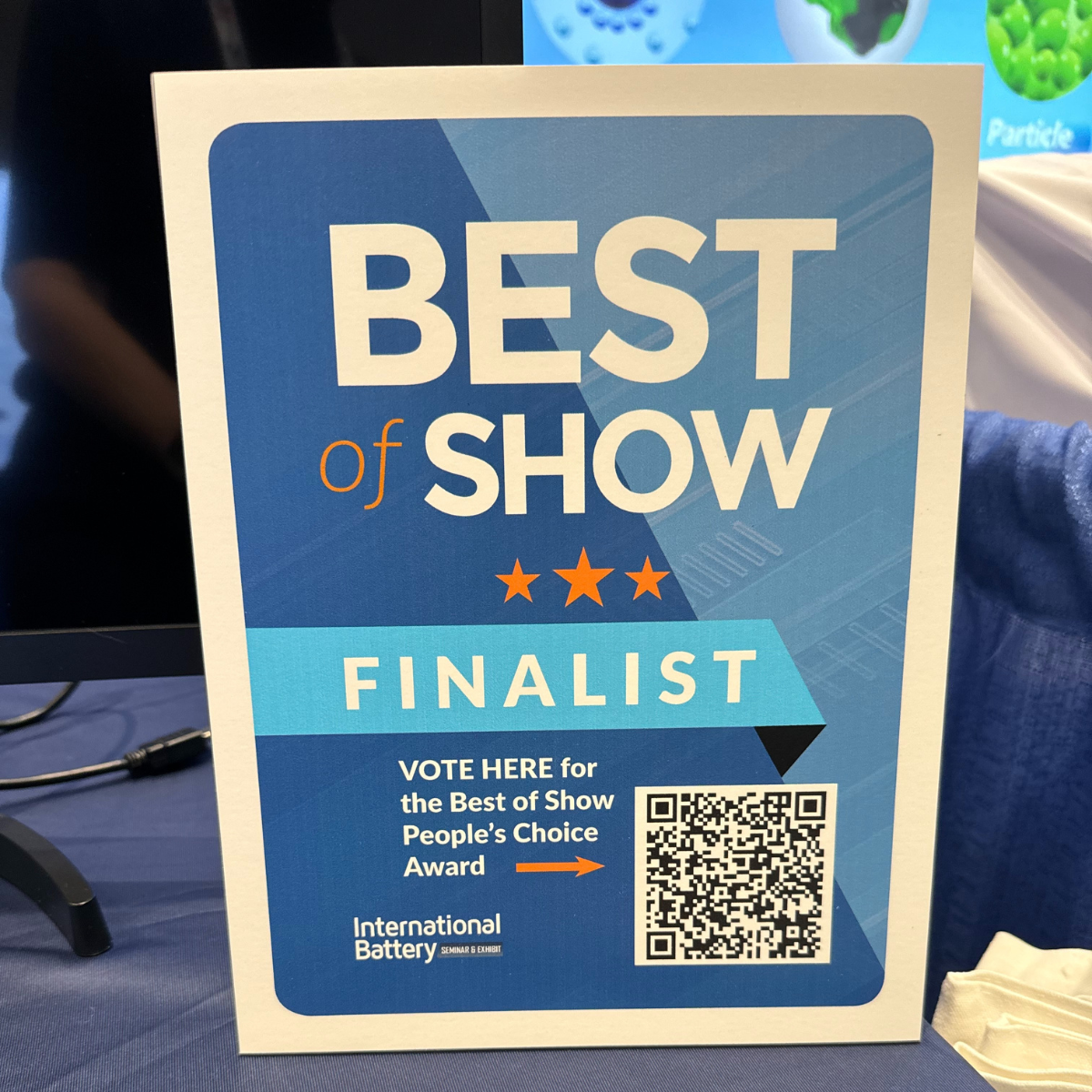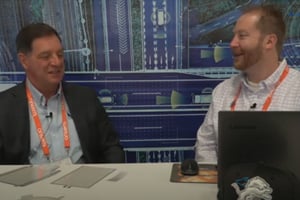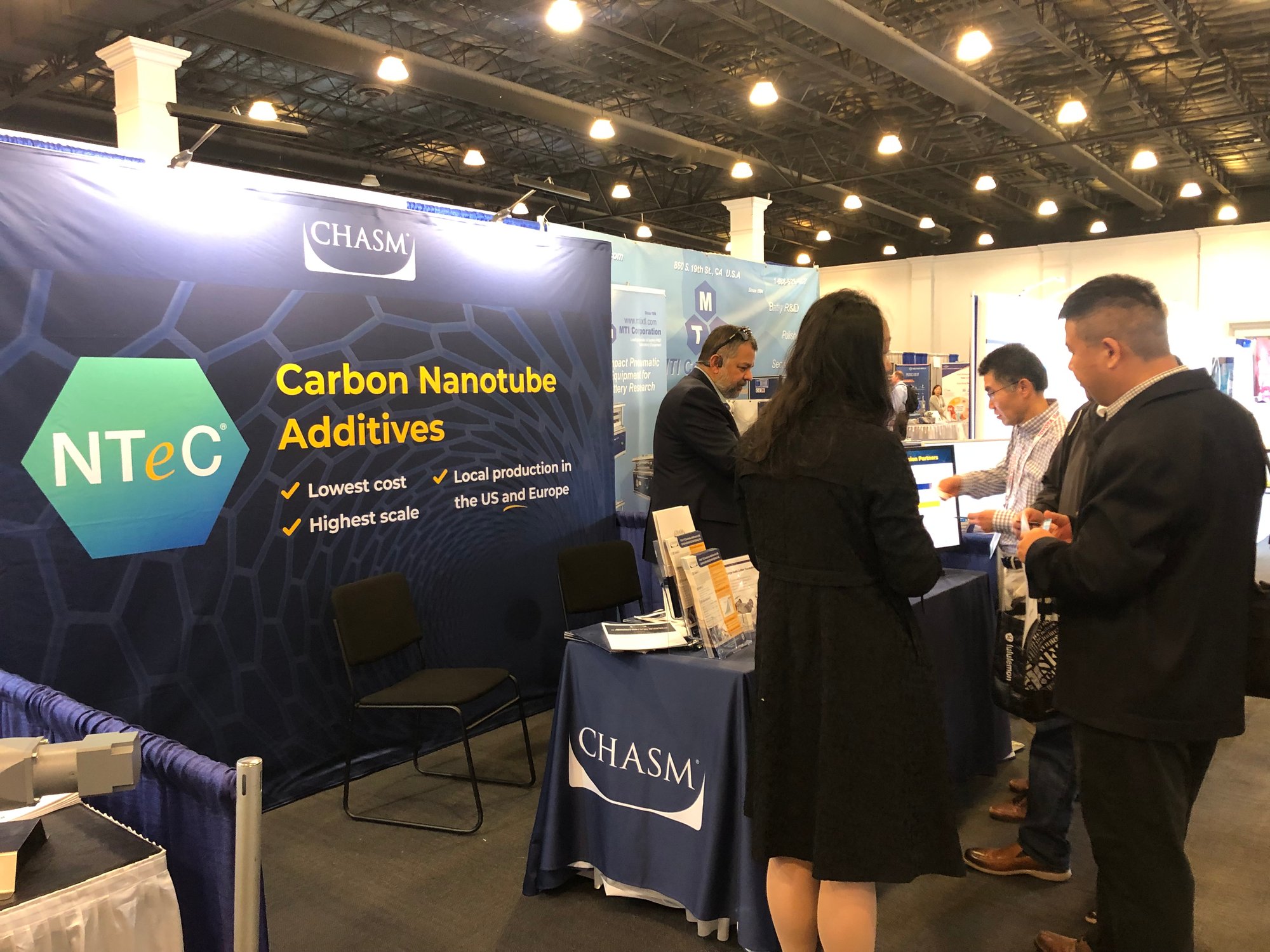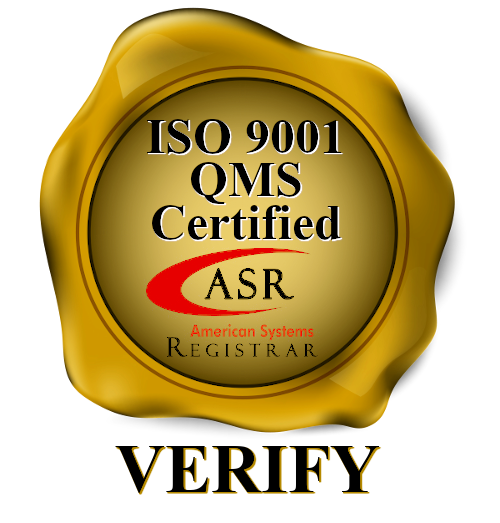Better EV and Li-ion Batteries
CHASM’s NTeC-E solution is poised to meet the critical demand for domestic supply of carbon nanotube (CNT) conductive additives for electric vehicle (EV) batteries, offering cost-effective, scalable production of industry-standard LiB MWCNTs manufactured in the U.S. and surpassing all specifications as a drop-in replacement for industry-standard LiB MWCNTs.
CNTs are Essential for Battery Performance
The utilization of carbon nanotubes holds immense strategic significance for the Li-ion battery market as automakers increase battery production capacity. CNTs offer several benefits including excellent electrical conductivity, longer cycle life, and better heat dissipation during charging and discharging. According to the recent IDTechEx report, the demand for CNTs for the Li-ion battery market will grow to 75,000 metric tons by 2032, which is 25 times greater than the current capacity.

Flexible, highly scalable and sustainable solution that meets the needs of the U.S. EV battery segment!
Secure, High-Quality CNTs to Meet Growing Demand
CHASM NTeC-E conductive additives for Li-ion batteries are a drop-in replacement for industry-standard CNTs, offering exceptional performance and sustainable production for crucial local supply of CNTs in the U.S. and Europe.- Drop-in replacement CNTs for Li-ion batteries
- CNT quality ≥ leading CNT suppliers based in Asia
- Lowest cost, scalable, sustainable production
- High purity, using "iron-free" catalyst
- Tailored CNT structure for low loadings and easy dispersion
Secure, U.S. Production to Meet Demand and Mitigate Supply-Chain Risk
CHASM's NTec-E product is manufactured at our pilot plant in Norman Oklahoma. While most CNT suppliers for EV batteries are currently located in Asia, CHASM is uniquely positioned to meet the critical local supply needs in the U.S. We are working closely with partners on commercialization programs to scale domestic carbon nanotube production for EV batteries.
Drop-in Solutions to Meet Current and Future Needs
CHASM’s NTeC-E technology offers several unique advantages to meet current needs:
- Drop-in replacement for industry-standard LiB MWCNTs, surpassing all specifications
- Drop-in dispersion for existing industry processes, further increasing flexibility and ease of integration
- Tunable technology for existing processes and future development of next generation batteries
Lowest Cost, Most Scalable CNT Production Process
CHASM's NTec-E technology and manufacturing process provides the most scalable, cost-efficient, and sustainable method for producing CNTs at an industrial scale, making it one of the industry’s most promising solutions to meet this growing demand.
CHASM's patented CNT technology uses rotary kiln reactors that are more capital efficient and scalable than traditional fluidized bed reactors, providing a cost-effective solution for producing industry-standard LiB MWCNTs in the U.S.
MANUFACTURING CARBON NANOTUBES AT GIGAFACTORY SCALE IN THE US AND EUROPE
CHASM chairman Mike Fetcenko spoke at the recent Advanced Automotive Battery Conference in San Diego about advancements in carbon nanotube technology that is critically needed to support worldwide growth in EV battery production. The battery industry requires low cost, high scale production of CNTs in local markets. Find out more about the issues and how CHASM is rising to the challenge!

.jpg)



